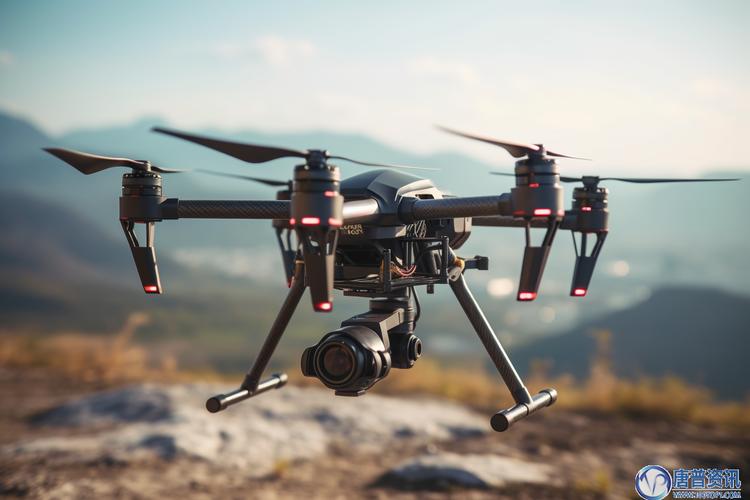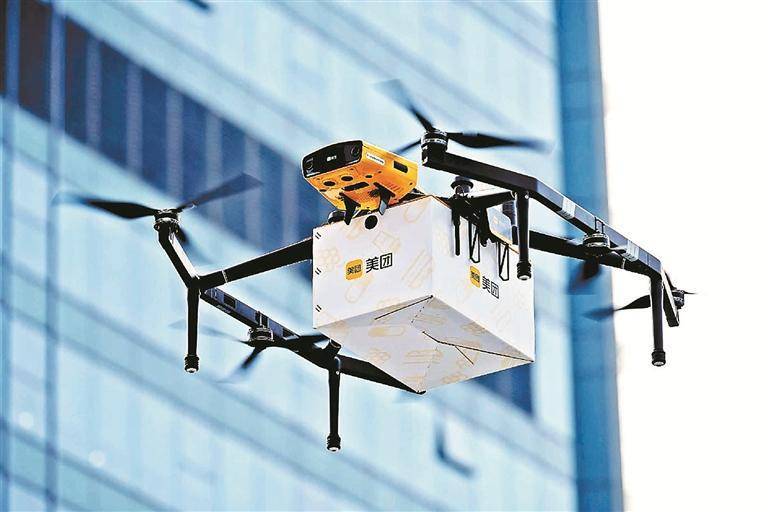In the rapidly evolving landscape of modern warfare, attack drones have emerged as a pivotal element, revolutionizing strategic military operations. The integration of these unmanned aerial vehicles into defense systems offers not only a tactical advantage but also enhances operational flexibility, allowing for more precise and efficient missions. Understanding the complexities associated with the deployment and management of attack drones is crucial for any military organization aiming to excel in contemporary conflicts.
Strategic Benefits of Attack Drones
Attack drones offer several strategic advantages due to their versatility and capability to execute complex maneuvers. They enhance surveillance operations, providing high-resolution data and real-time intelligence which is indispensable for decision-makers. Their ability to operate in high-risk zones reduces the need for human involvement, minimizing potential casualties during hostile engagements. Additionally, drones equipped with advanced weaponry can perform targeted attacks with remarkable precision, significantly boosting the efficacy of military interventions.
Operational Challenges
Despite their advantages, deploying attack drones comes with its set of challenges. Logistics concerning drone maintenance and operation require meticulous planning. Another major concern is cybersecurity; advanced drones are susceptible to hacking and electronic warfare which might compromise their operational integrity. Therefore, robust security protocols must be established to safeguard drone operations from hostile attempts at electronic interference.

Integration and Training
Successfully incorporating attack drones into military strategy demands comprehensive training programs for personnel. These programs should cover drone piloting, data analysis, and cybersecurity measures to ensure efficient execution of drone operations. Training should also focus on developing strategies to counteract potential adversary drone interventions, effectively neutralizing enemy UAV threats.
Evaluating Legal and Ethical Dimensions
The use of attack drones also raises pertinent legal and ethical questions. International laws governing armed conflicts necessitate compliance with established rules to prevent unlawful damage or civilian casualties. Ensuring ethical usage mandates stringent oversight and adherence to legal frameworks to maintain humanitarian standards during drone missions.
- Conducting regular audits and assessments on drone usage can help in aligning operations with international laws and ethical norms.
Future Trends and Innovations
The future of attack drones indicates a trend towards more autonomous operations backed by artificial intelligence. These innovations aim at enhancing drone capabilities in terms of navigation, precision, and adaptability in dynamic environments. As technology progresses, drones might evolve from solely attack units to multipurpose platforms supports logistics, reconnaissance, and communication operations. Constant research and development are crucial for optimizing these aerial systems to stay ahead in the competitive arms race.
A proactive approach in experimenting with strategies and technologies can greatly enhance effectiveness in utilizing attack drones, ensuring strategic dominance.
FAQs about Attack Drones
- What are attack drones primarily used for?
- Attack drones are primarily utilized for executing targeted missions, surveillance, and disrupting enemy infrastructure.
- How can we secure attack drones from cyber threats?
- Implementing comprehensive cybersecurity measures and encryption protocols can protect drones from hacking and electronic disruptions.
- Are there ethical concerns with the use of attack drones?
- Yes, ethical concerns include ensuring compliance with international laws and preventing unlawful damage or civilian casualties.
